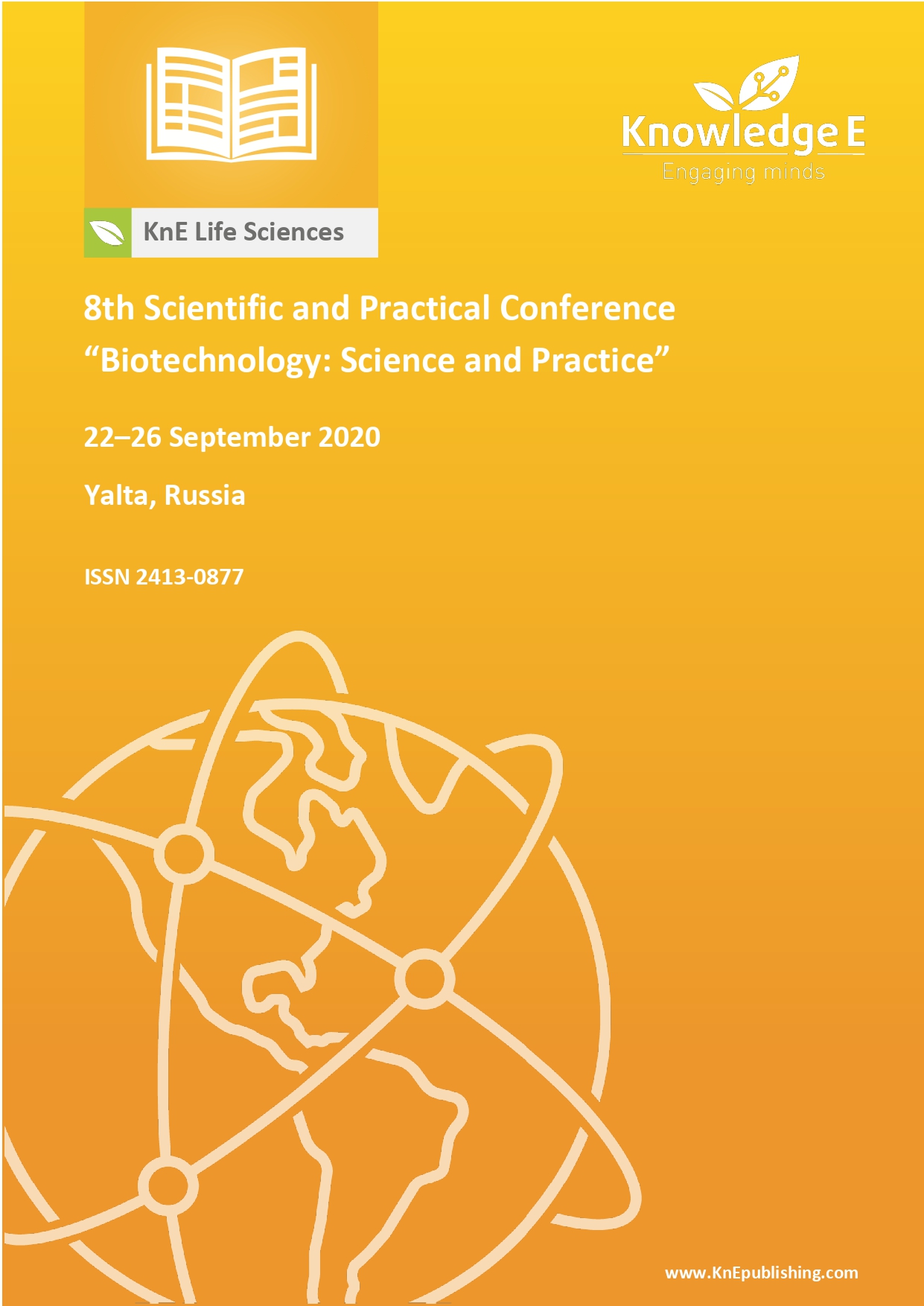Resource-Efficient Methods to Facilitate the Preservation of a Reservoir's Self-Cleaning Potential
DOI:
https://doi.org/10.18502/kls.v7i1.10097Abstract
The aim of this research was to develop environmental methods for the restoration and rehabilitation of Moscow’s water bodies. A number of methods are recommended. These can help to improve the environmental condition and water quality of water bodiesin Moscow.
Keywords: ehabilitation of water body, engineering biology, environmental preservation
References
Balushkina EV. Application of an integral indicator for assessing water quality based on structural characteristics of bottom communities.Reaction of Lake Ecosystems to Changes in External Conditions. Saint Petersburg: Zoologicheskiy institute; 1997.
Beznosov VN, Rodionov VB,Suzdaleva AA. Engineering and ecological monitoring and actual ways of ecological arrangement of small rivers.Safety of Power Structures. 2004;14:206-220.
Alimov AF.Biotic relationships in the ecosystem of nursery lakes. Saint Petersburg:Hydrometeoizdat; 1993.
Braginsky LP.Principles of classification and some mechanisms of structural and functional rearrangements of freshwater ecosystems in the conditions of anthropogenic press.Hydrobiological Journal. 1998;34(6):72-94.

